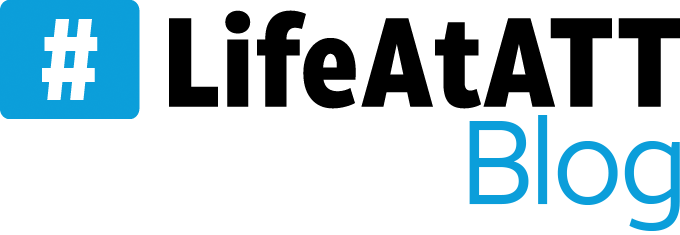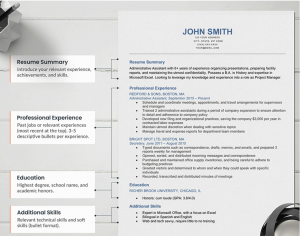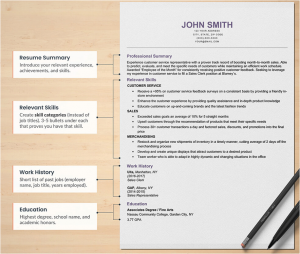When it comes to job hunting, your resume is the first thing a hiring manager reviews. It is their first introduction to who you are and your background. This professional document establishes your experience, your skill set, and insight on how you fit the job you’re applying for. Your resume is one of the main deciding factors in determining if you pass the first step and get an interview.
Whether you’re completing an online application form or putting together a classic one-sheeter, getting it right carries a lot of importance. We asked members of our recruiting team for their tips and best practices in developing your personal brand. With their help, you can take some of the stress out of the process and create a resume that gets you noticed.
Choosing the Right Format
When it comes to the look of your resume, you have several formatting options. Whichever you choose, it’s important to keep in mind that most roles require you to submit your resume to an online system that will scan and separate your resume into relevant categories. Before your resume ever gets to a hiring manager, it will be scanned for keywords depending on the role to be sure you have relevant experience and skills. Maintaining a clear organization and proper keywords based on the specific job posting are essential so your application doesn’t got lost in the shuffle.
Chronological
This is the most common resume format and focuses mainly on your work history. In this format, you’ll list your work history in chronological order and include relevant skills for each position. The main advantage of a chronological resume is that it puts your most relevant work experience at the top of the page and lets hiring managers easily follow your career progression.
Functional
A functional resume focuses on your professional skills over your chronological work history. This format utilizes a “Relevant Skills” section in place of a detailed work history. The benefit is that a functional resume will group your experience by skill category instead of job titles. For each category, you’ll highlight examples of your accomplishments.
Making Your Resume Stand Out
Now that you’ve selected the format that makes the most sense for showcasing your talents, it’s time to build your resume. Here are some helpful Do’s and Don’ts to keep in mind…
DO Tailor your resume to the specific job description. Choose the skills and experiences you have that are most relevant to the particular role.
DON’T Embellish your resume with inaccurate results, skills, or misleading details. If you get the interview, you’ll need to speak to and illustrate what you put on your resume, so keep it truthful.
DO Proofread your resume. Make sure you maintain a clear, consistent tone and format throughout the entire document. Choose a font that’s easy to read and make use of bullets. Finally, check for typos and grammar issues. Your resume is an extension of you, and it should show thoughtfulness and attention to detail.
DON’T Include personal information like marital status, children, etc. Contact information and a LinkedIn profile link are enough. Your resume is about showcasing your professional life.
DO Use keywords relevant to the job. Like your experience, try to match the phrasing to the job description. Keywords help recruiters and application systems easily scan and see what makes you a good fit for the role.
DON’T Go back more than 10-15 years in your work history. This includes college awards or GPA if it’s been 10 years or more since your graduation.
DO Quantify your achievements. Use metrics (like “increased sales by 30%”) to demonstrate your impact. Include a link to your portfolio if it makes sense, too.
DON’T Add pictures to your resume. Photos can be distracting, appear unprofessional, and lead to errors when uploading to an online application.
DO Keep it short. A good rule of thumb is to keep your resume under 2 pages. Quick and to-the-point will help recruiters recognize your skills and history and easily decide if you should go on to the next phase.
Here is an example of great resume that follows the advice of our recruiters:

With these simple Do’s and Don’ts in mind, you’re ready to build your perfect resume and grab your dream job. Let’s get started…
Explore our career opportunities





